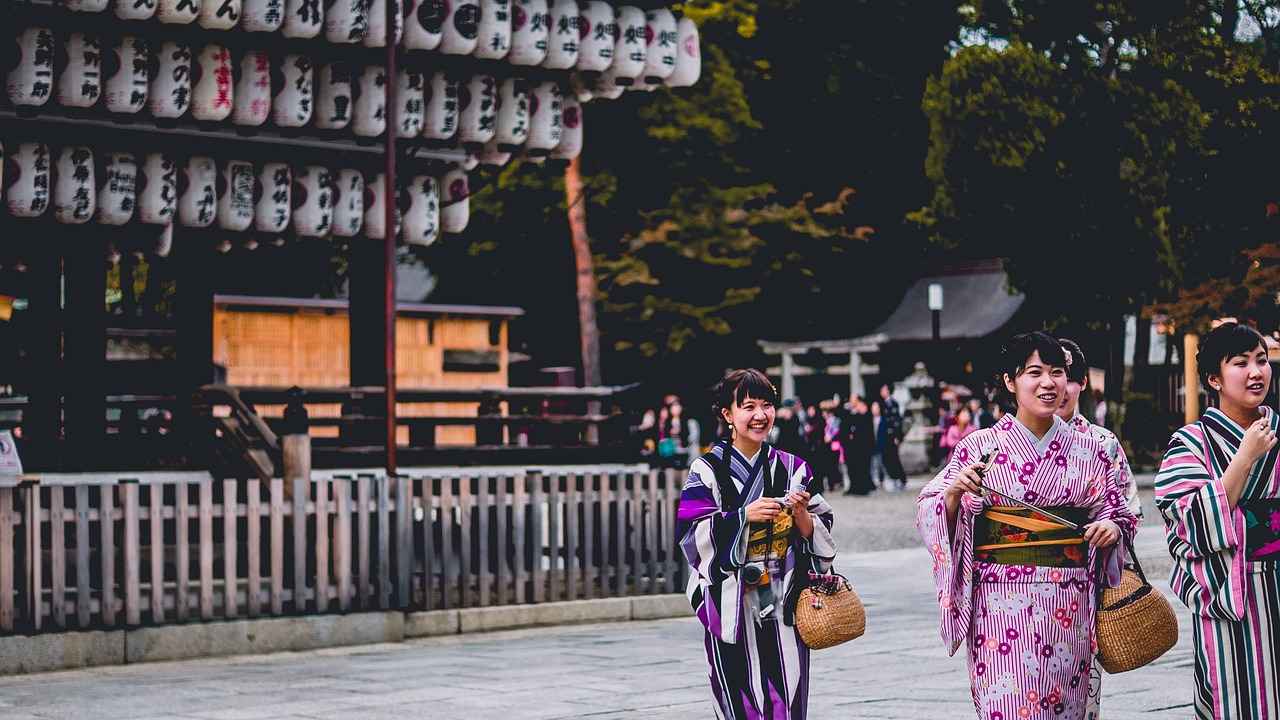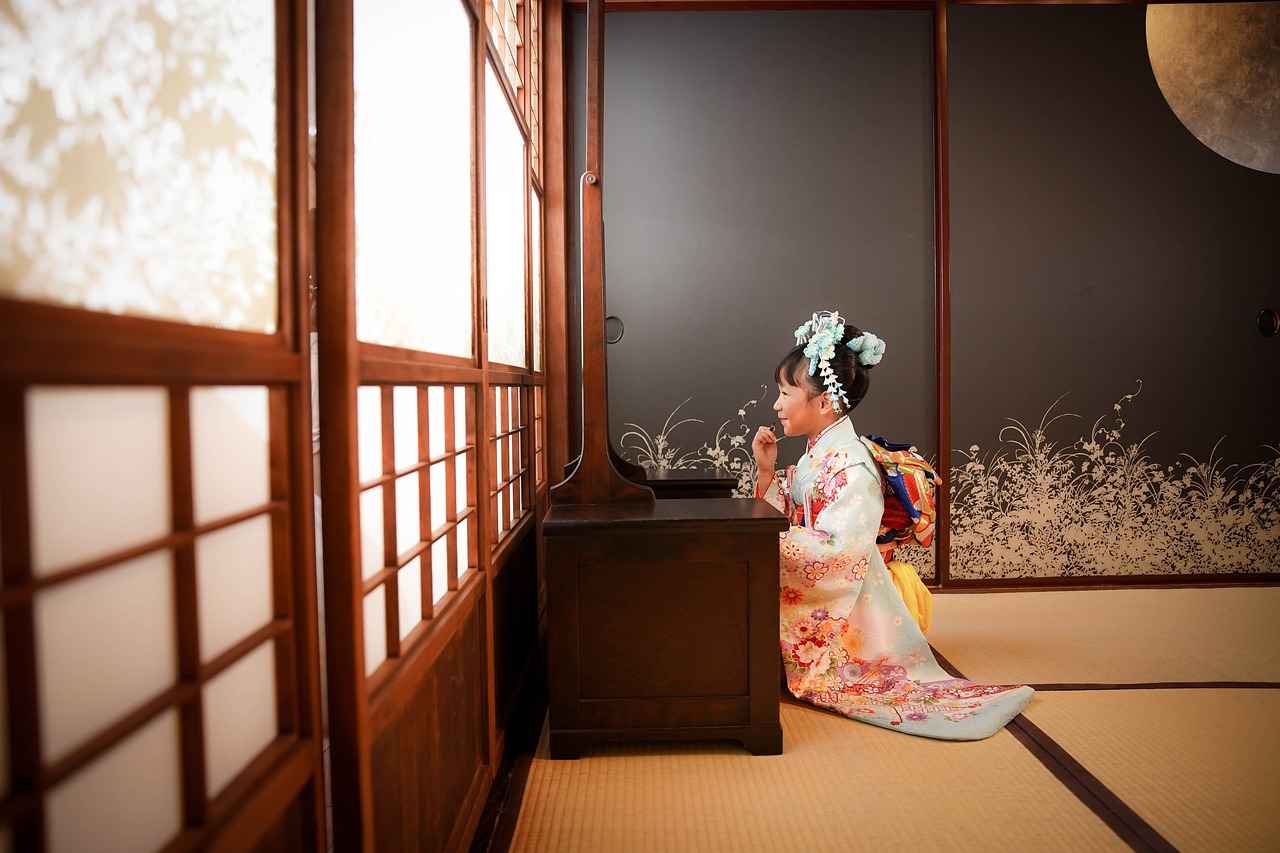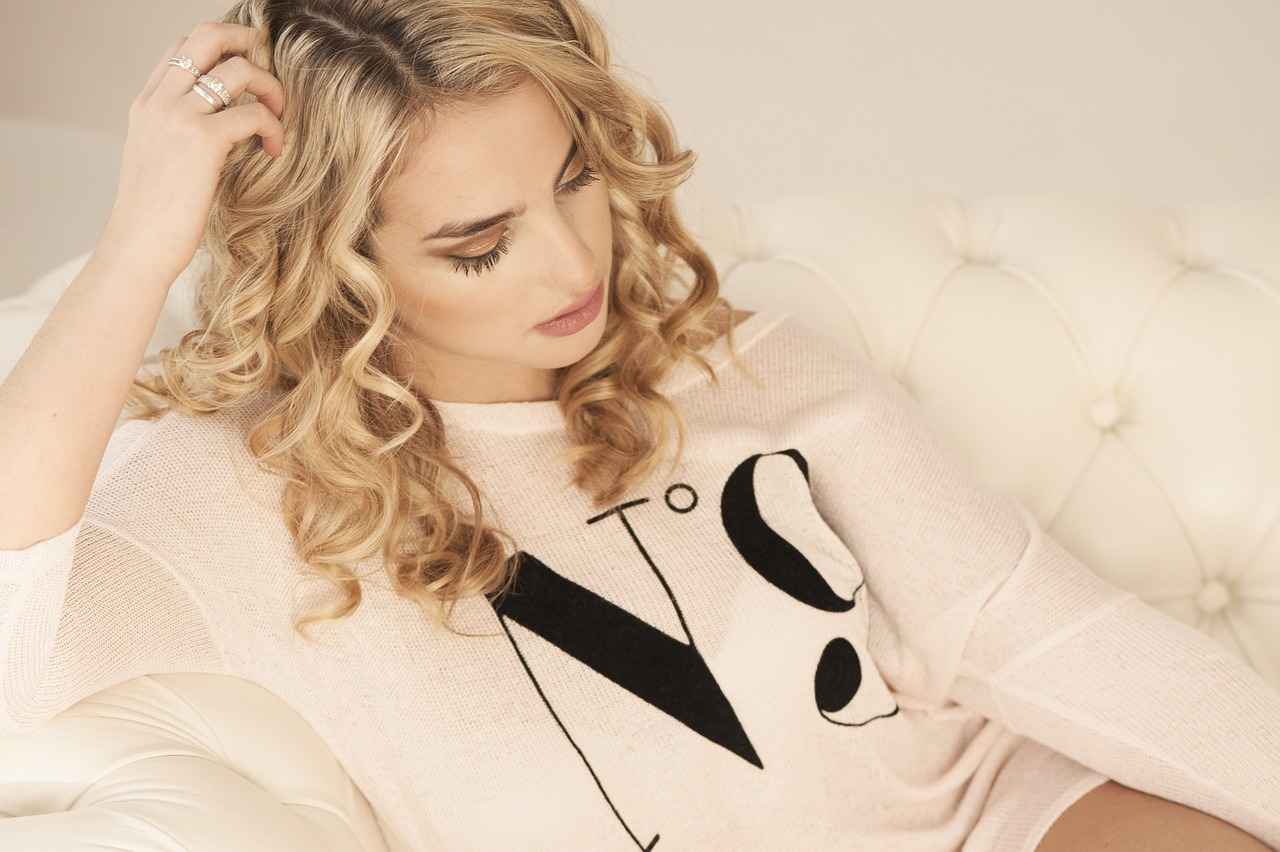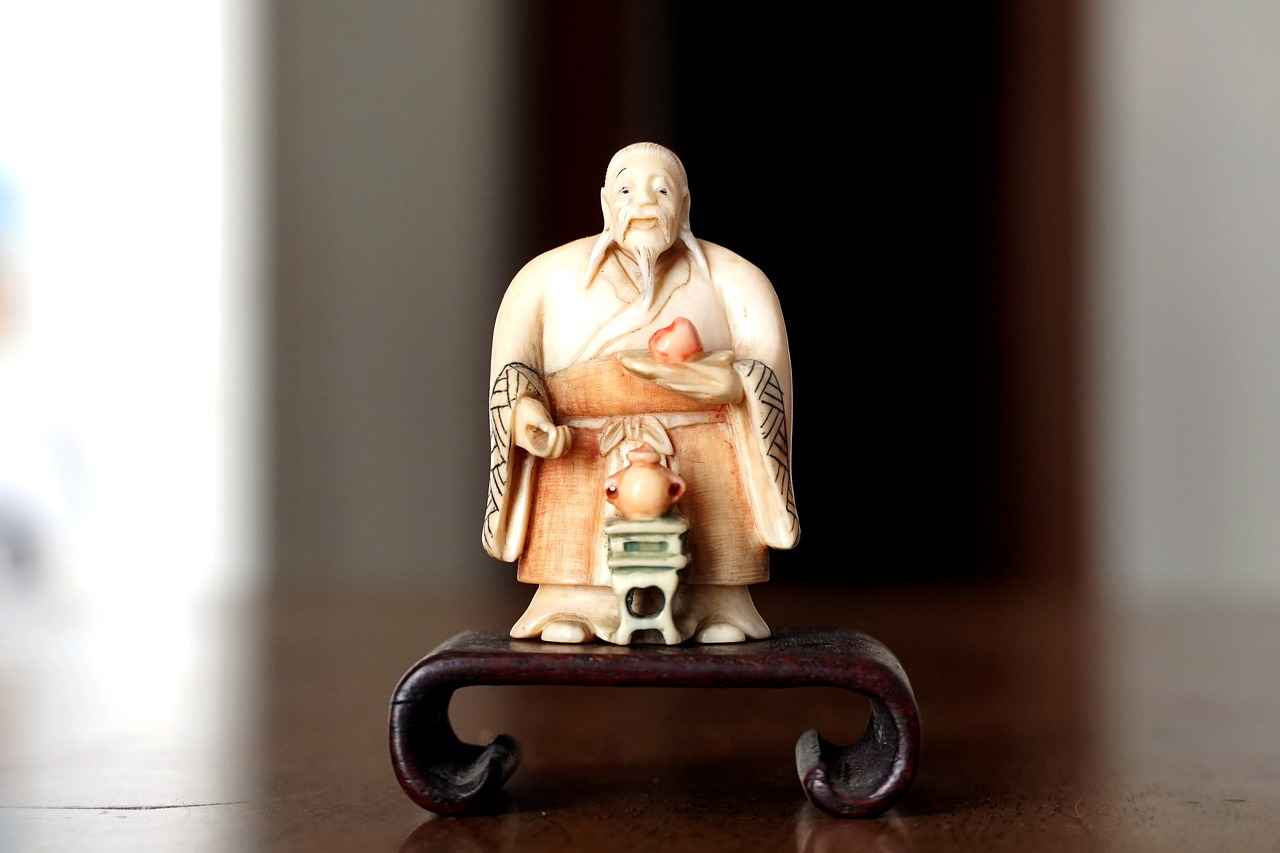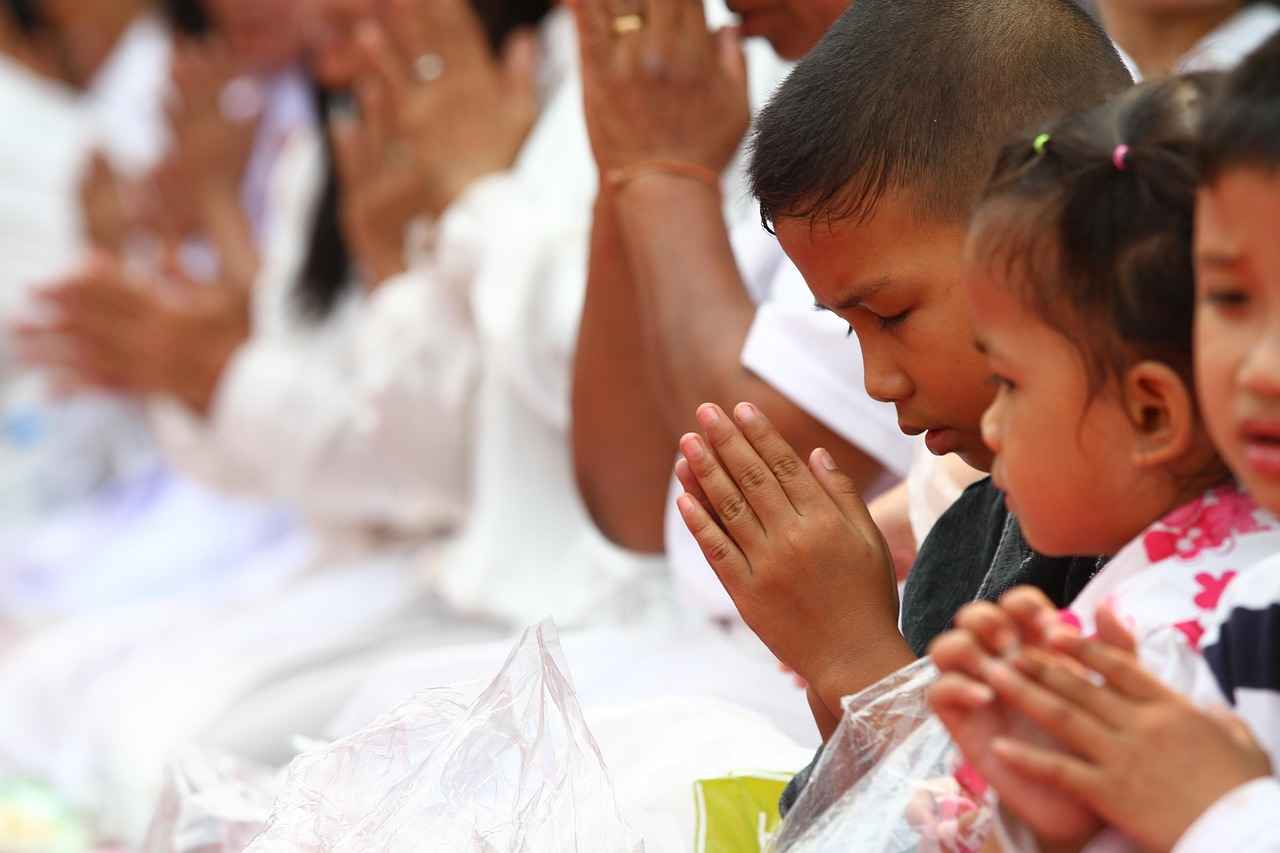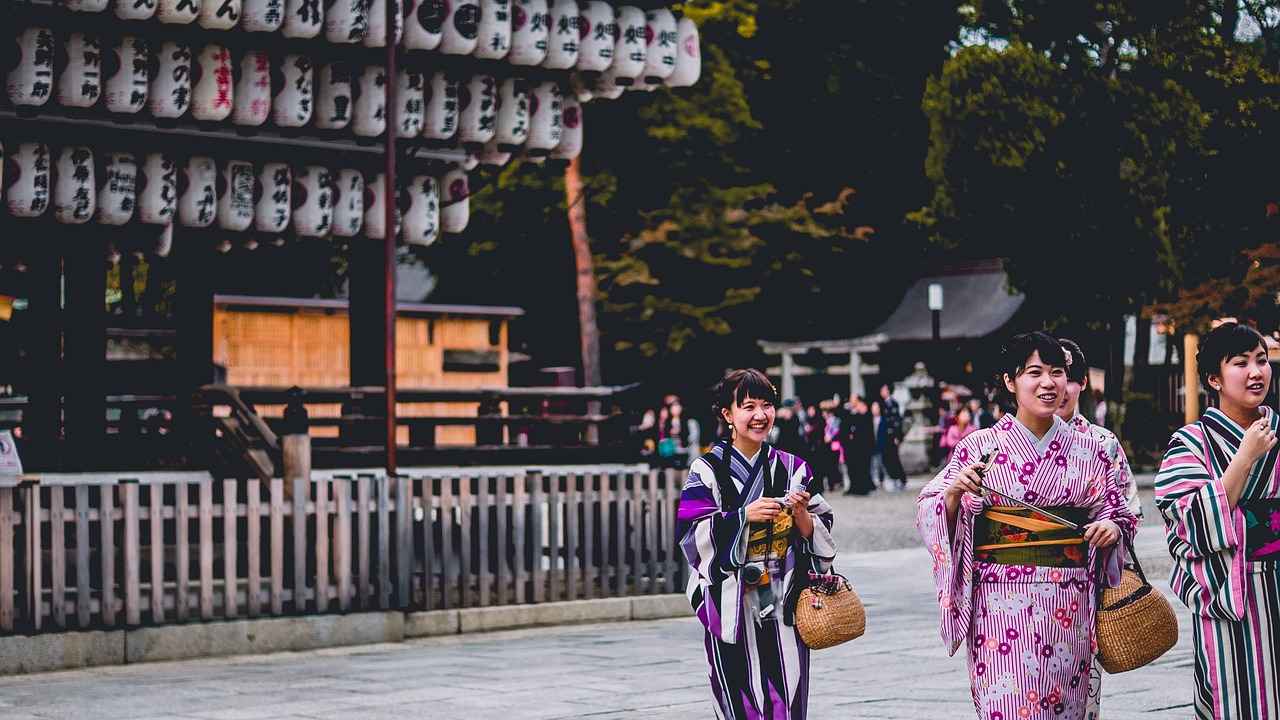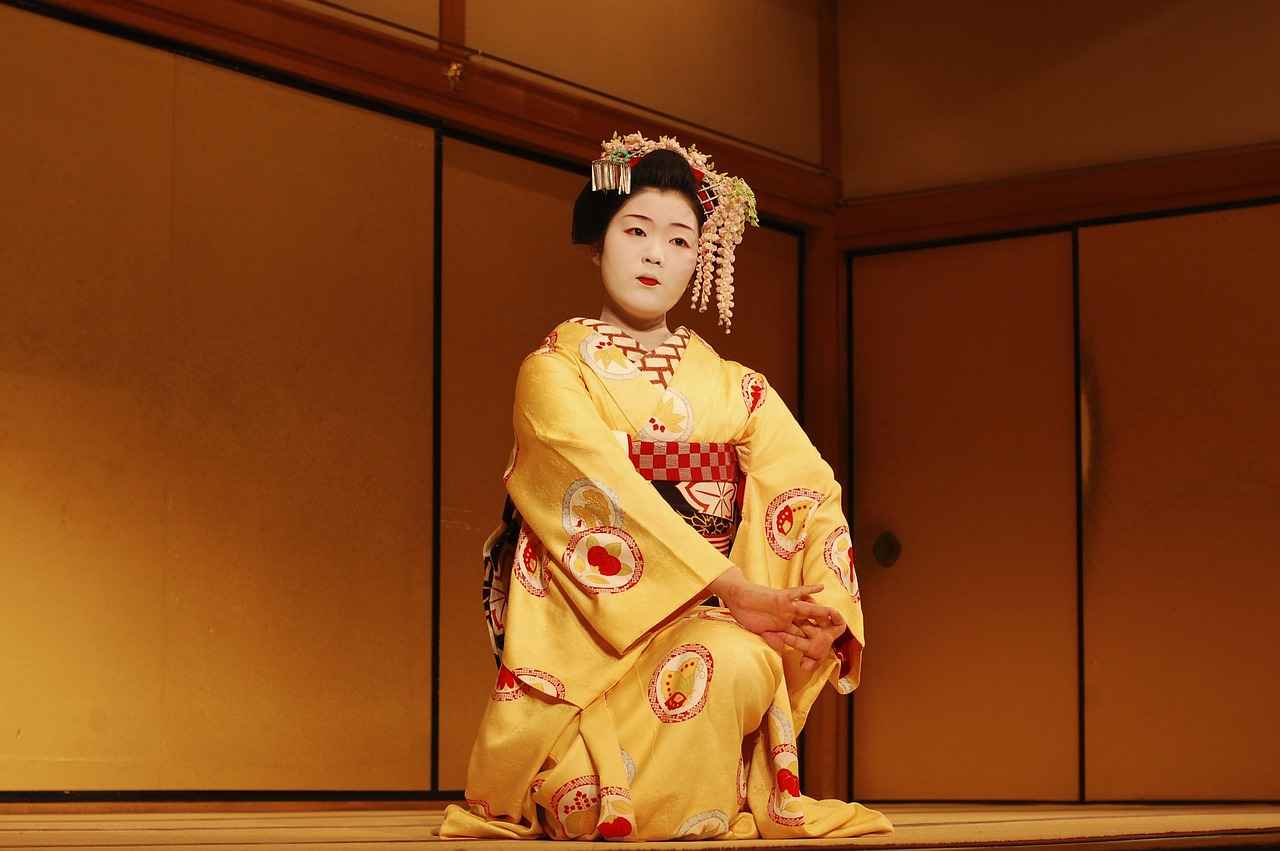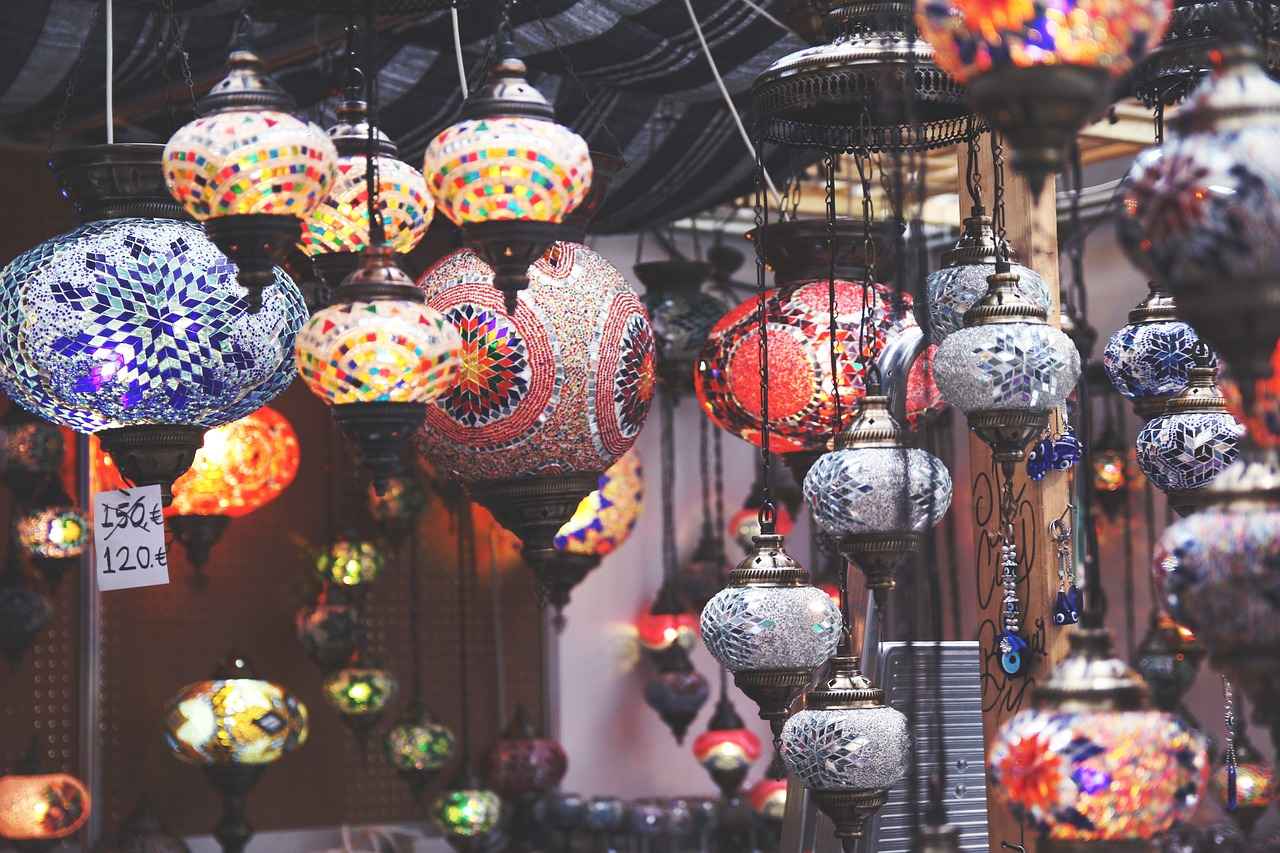This article explores the diverse styles of men’s kimonos, blending traditional craftsmanship with modern fashion trends to help you choose the perfect outfit for any occasion.
Understanding the Kimono: A Brief History
The kimono is a traditional Japanese garment with a rich history that dates back centuries. Originally, it served as a practical outfit for various social classes, but over time, it has become a symbol of Japanese culture and identity. The evolution of the kimono reflects shifts in fashion, societal norms, and craftsmanship.
Types of Men’s Kimonos: An Overview
- Formal Kimonos: The Montsuki, typically worn during ceremonies, showcases intricate designs and is often made from luxurious fabrics.
- Casual Kimonos: The Yukata is a lightweight, casual kimono perfect for summer festivals, characterized by vibrant colors and patterns.
- Seasonal Kimonos: Different styles are suited for various seasons, with heavier fabrics for winter and lighter options for summer.
Choosing the Right Fabric for Your Kimono
The fabric is crucial in determining the kimono’s appearance and comfort. Popular materials include:
| Material | Characteristics |
|---|---|
| Silk | Luxurious, elegant, and ideal for formal occasions. |
| Cotton | Breathable and comfortable, perfect for casual wear. |
| Synthetic Blends | Durable and easy to care for, suitable for everyday use. |
Accessorizing Your Kimono: Essential Tips
Accessories can elevate your kimono look. Key elements include:
- Obi: The sash that ties around the waist, available in various styles.
- Footwear: Traditional options like zori and geta complete the outfit.
- Jewelry: Minimalistic pieces can enhance the overall appearance without overshadowing the kimono.
Modern Interpretations: How to Wear a Kimono Today
In contemporary fashion, kimonos are being reimagined. They can be paired with jeans or shorts for a casual look or worn over a suit for a unique twist on formal attire.
Where to Buy Men’s Kimonos: Top Recommendations
Finding the right kimono can be challenging. Consider reputable retailers and brands known for quality, such as:
- Online marketplaces like Etsy and Amazon
- Specialty stores that focus on Japanese apparel
- Local boutiques that offer handmade options
Conclusion: Embracing the Kimono in Modern Fashion
Men’s kimonos offer a unique blend of tradition and contemporary style, making them versatile for various occasions. By embracing this garment, individuals can express personal style while honoring cultural heritage.
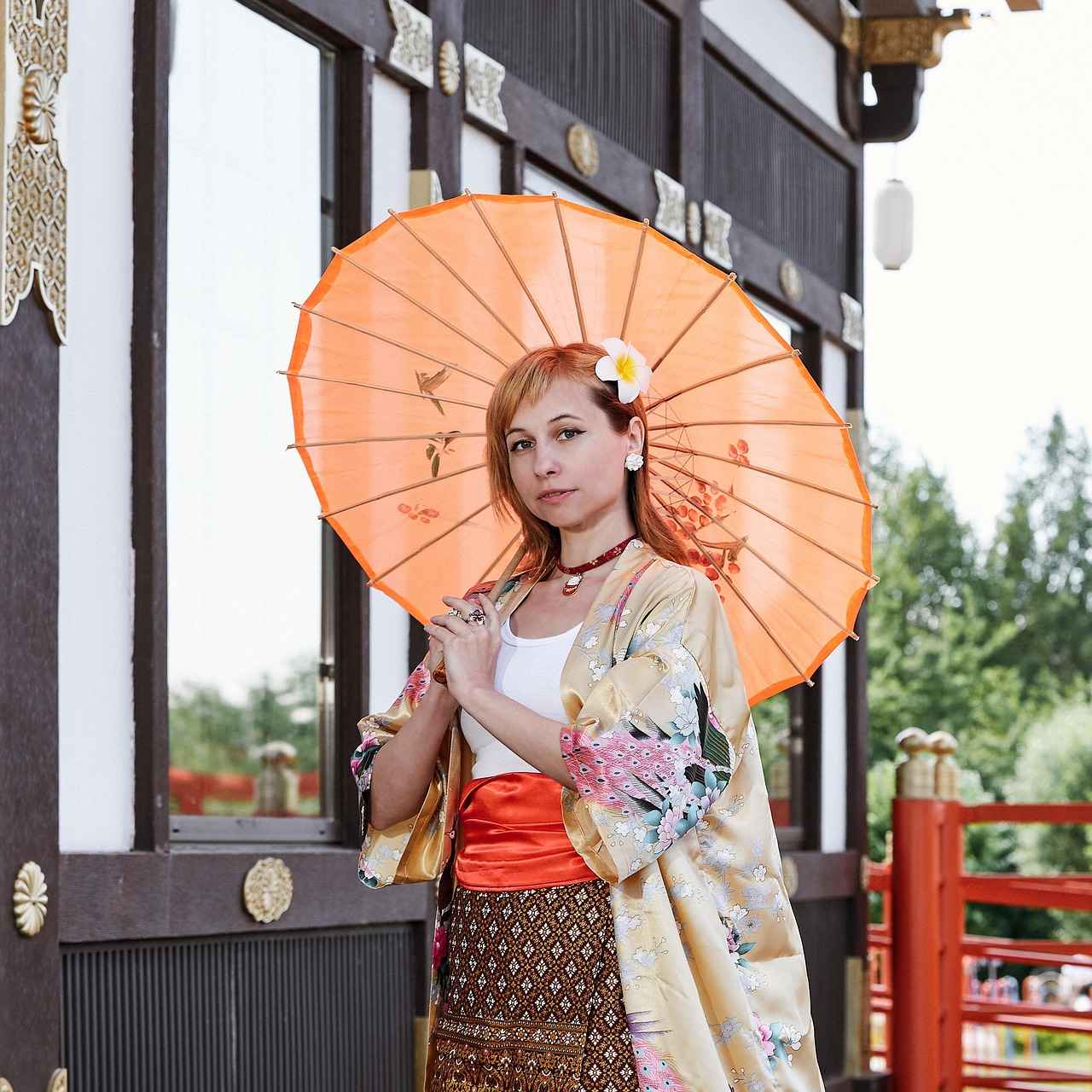
Understanding the Kimono: A Brief History
The kimono is a traditional Japanese garment that has captivated people around the world with its elegance and intricate designs. With a history dating back to the Heian period (794-1185), the kimono has evolved significantly, reflecting changes in society, culture, and fashion throughout the centuries. This article will explore the origins of the kimono, its cultural significance, and how it has transformed into a modern fashion statement.
Initially, the kimono was a simple garment, worn by both men and women. Its design was practical, featuring straight seams and a wrap-around style, which allowed for ease of movement. As time progressed, the kimono became more elaborate, with different styles emerging to signify social status, age, and even the season. For instance, during the Edo period (1603-1868), the use of vibrant colors and intricate patterns became a symbol of wealth and prestige.
The kimono is not just a piece of clothing; it is a representation of Japanese heritage and identity. Traditionally, kimonos are made from silk, adorned with beautiful embroidery and dyeing techniques, such as yuzen and shibori. Each design tells a story, often inspired by nature, seasons, or historical events. This deep connection to culture makes the kimono a cherished item, often passed down through generations.
In contemporary society, the kimono has undergone a transformation. While it is still worn during formal occasions, such as weddings and tea ceremonies, many people now incorporate kimonos into their everyday wardrobes. Designers have started to blend traditional elements with modern styles, creating unique pieces that appeal to a younger audience. This fusion of old and new not only keeps the tradition alive but also makes it accessible to a global audience.
In conclusion, the kimono is a remarkable garment with a rich history that reflects Japan’s cultural evolution. From its humble beginnings to its status as a modern fashion icon, the kimono continues to inspire and captivate, serving as a reminder of the beauty and significance of traditional craftsmanship.

Types of Men’s Kimonos: An Overview
Men’s kimonos are a beautiful blend of tradition and modernity, offering a variety of styles and designs to suit different occasions. Understanding the different types of kimonos can help you choose the perfect outfit for formal events, casual outings, or summer festivities. Below, we categorize the main types of men’s kimonos:
- Formal Kimonos: The most recognized formal kimono is the Montsuki, which features a simple yet elegant design, often adorned with family crests. This kimono is typically worn during significant ceremonies, weddings, and other formal occasions. Styling a Montsuki involves pairing it with a haori (jacket) and appropriate accessories to achieve a sophisticated look.
- Casual Kimonos: For more relaxed settings, the Yukata is the go-to choice. This lightweight kimono is made from cotton and is perfect for summer festivals, casual gatherings, or lounging at home. Yukatas come in vibrant colors and patterns, allowing for personal expression. They are typically worn without the heavy layers that accompany formal kimonos, making them comfortable and easy to wear.
- Summer Kimonos: Beyond the Yukata, summer kimonos include styles made from breathable fabrics like linen. These kimonos are designed to keep the wearer cool while still looking stylish. Many feature lighter colors and floral patterns, making them ideal for outdoor events or casual summer outings.
Each type of kimono serves a unique purpose and can be styled in various ways to suit individual preferences and occasions. Understanding these distinctions will help you make informed choices when selecting your next kimono.
Formal Kimonos: The Montsuki
The Montsuki is a distinguished formal kimono that holds a special place in Japanese culture, particularly during significant ceremonies and events. This elegant garment is characterized by its simple yet sophisticated design, typically featuring a black color and adorned with family crests known as mon. The Montsuki is often worn by men during important occasions such as weddings, funerals, and other formal gatherings, making it a symbol of respect and tradition.
One of the key features of the Montsuki is its fabric. Traditionally made from high-quality silk, this kimono offers a luxurious feel and a graceful drape that enhances the wearer’s appearance. The simplicity of the design allows the focus to remain on the wearer, making it an ideal choice for formal events where a polished look is essential.
When styling the Montsuki, it is crucial to pay attention to the accessories. The obi, a wide belt that wraps around the waist, is an essential component that not only secures the kimono but also adds a touch of elegance. Choosing the right obi can elevate the overall look, so consider options that complement the color and style of the Montsuki. Additionally, traditional footwear like zori or geta should be worn to maintain the formal aesthetic.
For those looking to wear the Montsuki, understanding the appropriate occasions is vital. This kimono is most suitable for formal ceremonies, such as Shinto weddings, where it signifies honor and respect. It is also worn during memorial services, reflecting the somber nature of the event.
In conclusion, the Montsuki is not just a garment; it is a representation of Japanese heritage and tradition. By choosing the right accessories and understanding its significance, one can achieve a sophisticated and respectful look that honors this beautiful cultural attire.
Casual Kimonos: The Yukata
The Yukata stands out as a quintessential piece of Japanese attire, particularly favored during the warm summer months. This lightweight, casual kimono is not only comfortable but also embodies the spirit of summer festivals in Japan. In this section, we will explore the materials, patterns, and styling tips to help you wear the Yukata with both comfort and flair.
The Yukata is primarily made from cotton, which allows for breathability and ease of movement. This fabric choice is ideal for hot weather, ensuring that wearers stay cool while enjoying outdoor festivities. Additionally, some Yukatas may be crafted from synthetic blends, which can offer durability and easy maintenance.
Yukatas come in an array of vibrant patterns and colors, ranging from traditional motifs like floral designs to modern, abstract prints. These patterns not only reflect personal style but also cultural significance, with certain designs symbolizing good fortune or seasonal changes. Choosing a Yukata that resonates with your personality can enhance your overall experience during summer events.
Wearing a Yukata is a straightforward process. Here are some essential tips:
- Layering: Start with a simple undershirt and shorts for comfort.
- Obi Tying: The Yukata is typically secured with an obi, a wide belt that adds structure. Learn to tie it properly for a polished look.
- Footwear: Pair your Yukata with traditional geta or zori sandals to complete the outfit.
To maintain a stylish appearance, consider accessorizing with a simple hand fan or a straw hat. These elements not only enhance the aesthetic but also provide practical benefits during hot days.
In conclusion, the Yukata is a beautiful representation of Japanese culture that combines comfort with style. Whether you’re attending a summer festival or simply enjoying a warm evening, wearing a Yukata allows you to embrace tradition while expressing your individuality.

Choosing the Right Fabric for Your Kimono
The fabric of a kimono is not just about aesthetics; it significantly influences the overall comfort and functionality of the garment. In this section, we will explore various materials commonly used in kimonos, focusing on their unique characteristics, benefits, and ideal usage scenarios. Understanding these fabrics will help you make an informed choice when selecting your kimono.
| Fabric Type | Characteristics | Best For |
|---|---|---|
| Silk | Luxurious, smooth, and elegant with a beautiful drape. | Formal occasions, ceremonies, and special events. |
| Cotton | Soft, breathable, and easy to care for. | Casual wear, summer festivals, and everyday use. |
| Synthetic Blends | Durable, versatile, and often more affordable. | Everyday wear and situations where easy maintenance is desired. |
Silk Kimonos: Known for their luxury and elegance, silk kimonos are often the first choice for formal events. Their lightweight nature allows for a graceful flow, making them ideal for ceremonies. However, they require careful maintenance to preserve their quality.
Cotton Kimonos: These are favored for their comfort and versatility. Cotton kimonos are perfect for warmer weather and casual outings. Their easy-care properties make them a practical choice for daily wear, allowing for various patterns and styles that can match any personal taste.
Synthetic Blends: Offering a balance between durability and affordability, synthetic blends are increasingly popular. They are often designed to mimic the appearance of natural fabrics while providing added resilience and ease of care, making them suitable for a wide range of activities.
In conclusion, when choosing the right fabric for your kimono, consider the occasion, your personal style, and how much maintenance you are willing to commit to. Each fabric type offers unique benefits that cater to different needs, ensuring that you can find the perfect kimono for any situation.
Silk Kimonos: Luxury and Elegance
Silk kimonos are celebrated for their luxurious feel and elegant drape, making them a favored choice for various occasions. In this section, we will delve deeper into the numerous benefits of silk kimonos, provide essential care instructions, and highlight the best occasions to wear them.
One of the primary benefits of silk kimonos is their breathability. Silk is a natural fiber that allows air to circulate, keeping you cool in warm weather while also providing warmth during cooler months. This temperature-regulating property makes silk kimonos versatile for year-round wear.
Additionally, silk has a luxurious sheen that enhances the overall aesthetic of the kimono. The fabric drapes beautifully, creating a flattering silhouette that can elevate any outfit. Whether you are attending a formal event or a casual gathering, a silk kimono can add a touch of sophistication to your look.
However, to maintain the beauty and longevity of your silk kimono, proper care is essential. Here are some key care instructions:
- Hand wash in cold water with a mild detergent.
- Avoid bleach and harsh chemicals that can damage the fabric.
- Air dry the kimono away from direct sunlight to prevent fading.
- Store the kimono in a cool, dry place, ideally wrapped in a cotton cloth.
As for the occasions best suited for wearing silk kimonos, they shine at:
- Formal events such as weddings and galas.
- Cultural ceremonies where traditional attire is appreciated.
- Casual gatherings where a stylish yet comfortable outfit is desired.
In conclusion, silk kimonos are not just garments; they are a statement of elegance and luxury. With proper care, they can be a cherished part of your wardrobe for years to come.
Cotton Kimonos: Comfort and Versatility
Cotton kimonos have become increasingly popular for their exceptional comfort and breathability, making them an ideal choice for casual wear. These versatile garments can easily transition from lounging at home to a day out in the city. In this section, we will explore the various styles and patterns of cotton kimonos, as well as how to seamlessly incorporate them into your everyday outfits.
One of the standout features of cotton kimonos is their lightweight nature, which allows for optimal airflow, especially during warmer months. They are often adorned with a variety of patterns and colors, ranging from traditional floral designs to modern geometric prints. This diversity makes it easy to find a cotton kimono that suits your personal style.
- Floral Patterns: Perfect for a feminine touch, floral cotton kimonos are great for casual outings or beach days.
- Geometric Prints: These offer a more contemporary look and can be paired with jeans or shorts for a trendy outfit.
- Solid Colors: A classic choice that allows for easy mixing and matching with various tops and bottoms.
To incorporate cotton kimonos into your daily wardrobe, consider layering them over a simple t-shirt and shorts for a relaxed weekend look. Alternatively, you can wear them as a lightweight jacket over a dress for a chic and comfortable ensemble. Pairing them with accessories like statement necklaces or layered bracelets can further elevate your outfit.
In conclusion, cotton kimonos are not only stylish but also provide the comfort needed for everyday wear. Their versatility allows for various styling options, making them a must-have in any wardrobe. Whether you’re dressing up for a casual outing or lounging at home, a cotton kimono can enhance your look while keeping you comfortable.
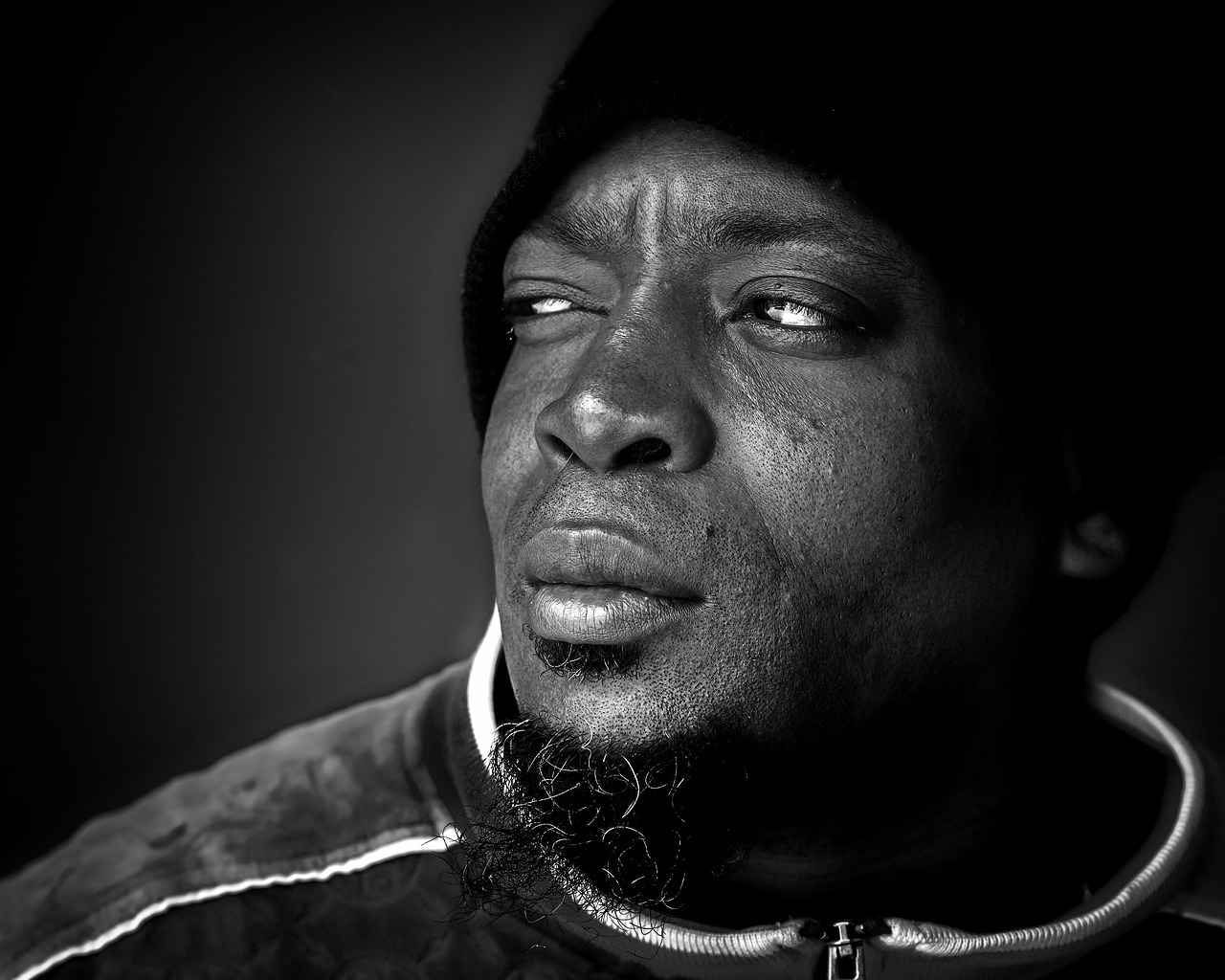
Accessorizing Your Kimono: Essential Tips
When it comes to wearing a kimono, the right accessories can truly transform your look. While the kimono itself is a stunning garment, the addition of carefully chosen accessories can enhance your style and express your personality. Here are some practical tips for selecting the best accessories to complete your outfit.
- Choosing the Right Obi: The obi is perhaps the most significant accessory for your kimono. It serves not only as a decorative element but also as a functional piece that holds the kimono together. There are various types of obi, including the haneri, which is typically worn with casual kimonos, and the more formal fukuro obi. Pay attention to the colors and patterns of your obi; it should complement your kimono without overwhelming it.
- Footwear Matters: Footwear plays a crucial role in kimono fashion. Traditional options like geta (wooden sandals) and zori (flat sandals) are ideal choices that enhance the overall aesthetic. If you prefer a modern twist, consider stylish loafers or dress shoes that align with the colors of your kimono.
- Jewelry Selection: When accessorizing with jewelry, keep it simple yet elegant. A delicate necklace or a pair of understated earrings can add a touch of sophistication without detracting from the kimono’s beauty. Avoid overly large or flashy pieces that may clash with the traditional look.
- Adding a Haori: For a layered look, consider wearing a haori, which is a traditional jacket that goes over the kimono. This not only adds warmth but also enhances the overall outfit. Choose a haori that contrasts or complements your kimono for a visually appealing ensemble.
- Utilizing Hair Accessories: Hair accessories can also play a significant role in your kimono look. Consider using traditional kanzashi (ornamental hairpins) or a simple hairband that matches your obi. These small details can elevate your appearance and add a personal touch.
In conclusion, accessorizing your kimono involves a thoughtful selection that balances tradition with personal style. By focusing on the right obi, footwear, jewelry, and additional layers, you can create a harmonious and striking look that celebrates the beauty of this timeless garment.
Choosing the Right Obi: A Key Element
The obi is an essential accessory that plays a pivotal role in the overall aesthetic of a kimono. It not only serves a functional purpose but also enhances the visual appeal of the garment. In this section, we will explore the different types of obi, the techniques for tying them, and their significant impact on your overall style.
Types of Obi
- Fukuro Obi: This is one of the most popular types of obi, often worn with formal kimonos. It is wide and features intricate designs, making it suitable for special occasions.
- Haneri Obi: A shorter obi that is typically used for casual wear, such as yukatas. It is lightweight and easy to tie, perfect for summer festivals.
- Nagoya Obi: This type is a hybrid between formal and casual. It is easier to tie than a Fukuro Obi and is often chosen for semi-formal events.
How to Tie an Obi
Learning to tie an obi properly is crucial for achieving the desired look. Here are some common tying methods:
- Taiko Musubi: This is a traditional knot that resembles a drum. It is often used for formal occasions and requires some practice to master.
- Shige Musubi: A more casual knot that is simpler to tie, making it a great choice for everyday wear.
- Otaiko Musubi: This knot is known for its elegant shape and is commonly used in formal settings.
Impact on Style
The choice of obi can dramatically alter the appearance of your kimono. A well-chosen obi not only complements the kimono’s design but also enhances the wearer’s silhouette. For instance, a bold, patterned obi can add a touch of flair to a simple kimono, while a subtle, solid-colored obi might offer a more sophisticated look.
In conclusion, the obi is not just an accessory; it is a statement piece that can define your style. Understanding the various types and tying techniques will allow you to express your individuality and embrace the rich tradition of kimono fashion.
Footwear and Socks: Completing the Look
When it comes to kimono fashion, footwear plays a crucial role in defining the overall aesthetic. The right choice of shoes not only complements the kimono but also enhances comfort and functionality. In this section, we will explore both traditional and modern footwear options that pair beautifully with kimonos, as well as the importance of socks in this unique style.
| Footwear Type | Description | Occasions |
|---|---|---|
| Zori | Traditional Japanese sandals made of rice straw or synthetic materials, often worn with formal kimonos. | Ceremonies, weddings, and formal events. |
| Geta | Elevated wooden sandals that provide a unique sound and style, typically worn with casual kimonos. | Summer festivals, casual outings, and traditional events. |
| Modern Flats | Contemporary flat shoes that offer comfort and style, suitable for various occasions. | Everyday wear, casual gatherings, and modern events. |
| Heeled Sandals | Stylish heeled options that can add a touch of elegance to a kimono outfit. | Special occasions, parties, and formal events. |
In addition to footwear, socks also play an essential role in completing the kimono look. Traditionally, tabi socks, which have a split-toe design, are worn with zori and geta. These socks not only provide comfort but also maintain the traditional aesthetic. Modern interpretations may include colorful or patterned socks that add a personal touch to the outfit.
Ultimately, choosing the right footwear and socks is vital for achieving a harmonious look with your kimono. Whether you opt for traditional options like zori and geta or modern alternatives, ensure that your choices reflect both your personal style and the occasion at hand.
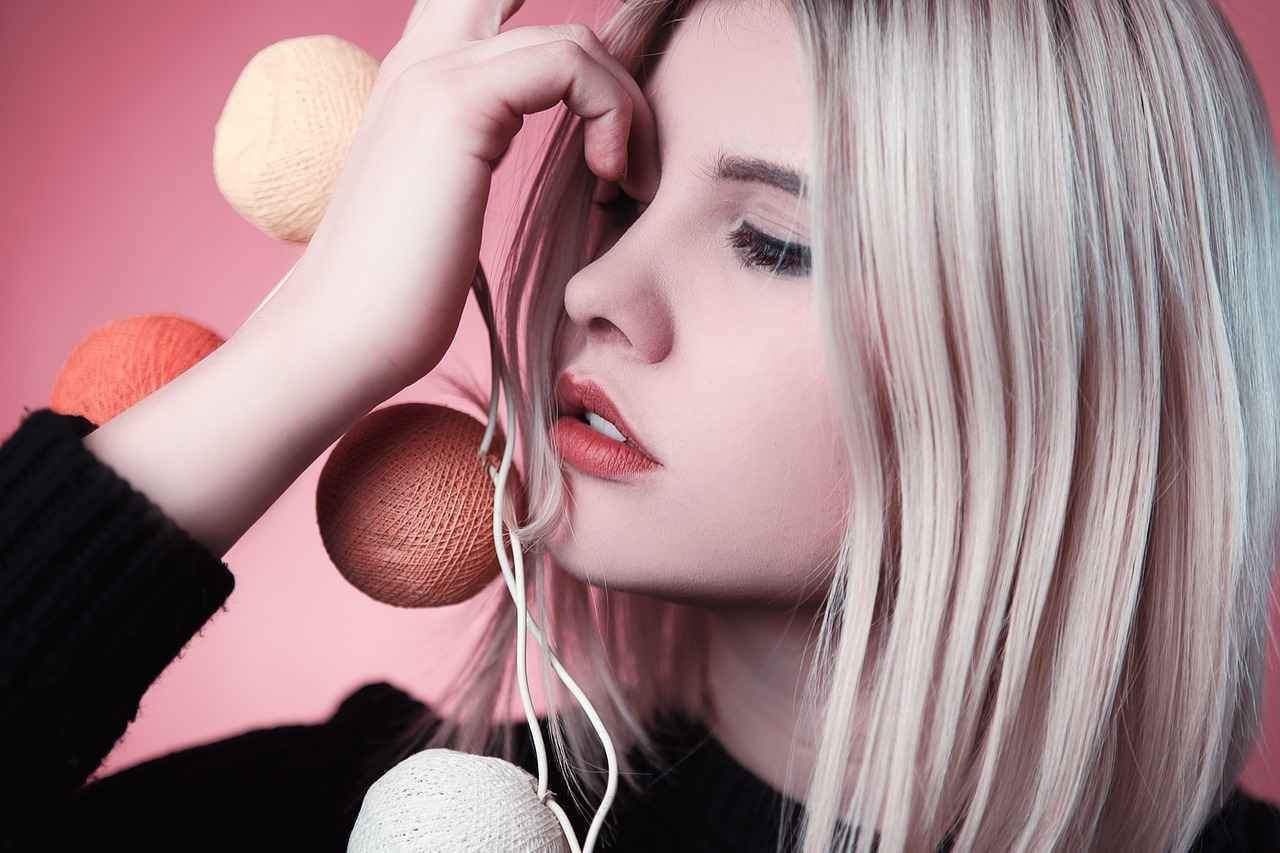
Modern Interpretations: How to Wear a Kimono Today
Modern fashion has seamlessly integrated the kimono into its diverse tapestry, resulting in a myriad of unique interpretations that resonate with contemporary aesthetics. This evolution not only respects the traditional roots of this iconic garment but also encourages creative expression in modern wardrobes. Below, we explore various ways to incorporate kimonos into everyday outfits, ensuring a stylish twist that is both fashionable and respectful of the garment’s heritage.
- Layering for Versatility: Kimonos serve as excellent layering pieces. Pair a lightweight kimono with a simple t-shirt and jeans for a casual yet chic look. The flowy nature of the kimono adds depth to the outfit, making it perfect for transitional seasons.
- Mixing Textures: Experiment with different fabrics and textures. A silk kimono can be paired with a cotton dress or denim shorts, creating a beautiful contrast that highlights the elegance of the kimono while maintaining a relaxed vibe.
- Accessorizing Wisely: Accessories play a crucial role in styling a kimono. Consider adding a statement belt to cinch the waist, enhancing your silhouette. Footwear choices like ankle boots or stylish sandals can further elevate the ensemble.
- Color Coordination: Opt for kimonos in bold patterns or colors to make a statement. When wearing a patterned kimono, keep the rest of your outfit simple to avoid clashing, allowing the kimono to be the focal point.
- Occasion-Specific Styling: For formal events, choose a more structured kimono design and pair it with tailored trousers. This combination retains the elegance of traditional wear while ensuring a modern twist suitable for various occasions.
In conclusion, the kimono is a versatile garment that can easily transition from traditional to modern settings. By incorporating these styling tips, anyone can embrace the beauty of the kimono while making it a staple in their contemporary wardrobe. Whether it’s for a casual day out or a formal event, the kimono offers endless possibilities for stylish expression.

Where to Buy Men’s Kimonos: Top Recommendations
Finding the right kimono can be overwhelming. With a plethora of options available, it’s essential to know where to look for quality and variety. Below, we provide a comprehensive list of reputable retailers and brands that specialize in men’s kimonos, ensuring you find the perfect fit for any occasion.
- Muji – Known for its minimalist designs, Muji offers a range of stylish and comfortable kimonos made from high-quality fabrics. Their pieces are perfect for casual wear and feature simple yet elegant patterns.
- Shinobi – This brand focuses on traditional craftsmanship while incorporating modern elements. Their kimonos are ideal for formal occasions, offering a range of colors and styles that honor Japanese heritage.
- Tokyo Otaku Mode – A go-to destination for anime and pop culture enthusiasts, they also provide a selection of unique kimonos that feature vibrant designs and characters, perfect for themed events or casual outings.
- Kimono Shop – Specializing in authentic Japanese kimonos, this retailer offers a wide variety of styles, from formal Montsuki to casual Yukata. Their commitment to quality ensures that each piece is crafted with care.
- Amazon – For those looking for convenience and variety, Amazon has a vast selection of men’s kimonos from various brands. You can find everything from budget-friendly options to high-end designer pieces.
- Etsy – If you prefer unique, handmade items, Etsy is a fantastic platform to discover independent artisans who create custom kimonos. You can find one-of-a-kind designs that reflect your personal style.
When choosing a kimono, consider factors such as fabric, design, and occasion. Each retailer offers distinct styles that cater to different tastes and preferences, making it easier for you to find the right kimono that resonates with your personal style.
With this list of reputable retailers, you can confidently explore the world of men’s kimonos, ensuring that you find a piece that not only looks great but also feels comfortable and authentic.

Conclusion: Embracing the Kimono in Modern Fashion
Men’s kimonos are not just garments; they represent a beautiful fusion of tradition and contemporary style. This unique clothing piece offers versatility, making it suitable for a variety of occasions, from formal events to casual outings. By embracing the kimono, individuals can express their personal style while also connecting with their cultural heritage.
The modern kimono has evolved significantly, integrating elements that appeal to today’s fashion sensibilities. For instance, the use of vibrant colors, innovative patterns, and diverse materials allows men to choose kimonos that reflect their personality and lifestyle. Whether it’s a formal Montsuki for a wedding or a casual Yukata for a summer festival, there is a kimono style for every occasion.
Moreover, the ability to accessorize kimonos enhances their appeal. Pairing a kimono with a stylish obi or choosing the right footwear can completely transform the look, making it both sophisticated and trendy. This adaptability is one of the reasons why kimonos have found a place in modern wardrobes around the world.
As fashion continues to evolve, the kimono stands out as a timeless piece that bridges the gap between the past and the present. It encourages men to embrace their roots while confidently expressing their individuality. By incorporating kimonos into daily wear, individuals not only celebrate a rich tradition but also promote cultural appreciation in a globalized world.
In conclusion, the resurgence of men’s kimonos in contemporary fashion is a testament to their enduring charm and versatility. By wearing a kimono, men can enjoy a unique blend of style and cultural significance, making it a worthwhile addition to any wardrobe.
Frequently Asked Questions
- What is a kimono?
A kimono is a traditional Japanese garment characterized by its long sleeves and wrap-around design. It has a rich history and cultural significance, evolving over time to incorporate modern fashion trends.
- What are the different types of men’s kimonos?
Men’s kimonos come in various styles, including formal kimonos like the Montsuki, which is worn during ceremonies, and casual options like the Yukata, perfect for summer festivals. Each type serves unique purposes and occasions.
- How do I choose the right fabric for my kimono?
The fabric of your kimono greatly affects its look and comfort. Popular choices include silk for luxury and elegance, and cotton for comfort and breathability. Consider the occasion and your personal style when making your choice.
- What accessories should I wear with my kimono?
Accessorizing your kimono can elevate your overall look. Key accessories include the obi (belt), traditional footwear like zori or geta, and appropriate socks. Each element contributes to the overall harmony of your outfit.
- Where can I buy men’s kimonos?
You can find quality men’s kimonos at various reputable retailers and brands. Look for stores that specialize in traditional Japanese clothing or explore online platforms that offer a wide range of styles and sizes.
